- 1 Common Causes of Motor Overload in Screw Dewatering Machines
- 2 Identifying Sources of Abnormal Vibration in Dewatering Equipment
- 3 Integrated Troubleshooting Approach for Simultaneous Overload and Vibration
- 4 FAQ
- 4.1 What should I do first when my screw dewatering machine experiences motor overload?
- 4.2 Can improper flocculation cause both motor overload and vibration?
- 4.3 How can I distinguish between bearing failure and mechanical imbalance as vibration sources?
- 4.4 What are the most critical alignment tolerances for screw dewatering machines?
- 4.5 How often should vibration analysis be performed on screw dewatering equipment?
Motor overload and abnormal vibration are among the most common operational challenges faced by operators of screw press sludge dewatering machines. These issues not only disrupt the dewatering process but can also lead to significant mechanical damage and costly downtime if not addressed promptly. Understanding the root causes and implementing systematic troubleshooting procedures is essential for maintaining optimal performance and extending equipment lifespan. This comprehensive guide provides detailed insights into diagnosing and resolving these interconnected problems, helping operators restore their equipment to efficient operation while preventing recurrence.
Integrated Horizontal Food Grade Spiral Screw Sludge Dewatering Machine QXDL-252
Common Causes of Motor Overload in Screw Dewatering Machines
Motor overload in a screw press dewatering machine occurs when the drive motor draws excessive current, potentially triggering protection devices or causing mechanical failure. This condition typically results from increased resistance within the dewatering process, mechanical binding, or electrical issues. Identifying the specific cause requires careful observation of operational parameters and systematic elimination of potential factors. Understanding these causes is the first step toward effective troubleshooting and prevention of recurring problems.
- Excessive Sludge Feed Rate: Overloading the machine beyond its design capacity creates immediate resistance to the screw conveyor.
- Inadequate Flocculation: Poorly conditioned sludge requires more torque for dewatering, increasing motor load.
- Mechanical Obstructions: Foreign objects or hardened sludge deposits in the dewatering section create physical barriers.
- Worn or Damaged Components: Excessive wear on the screw flight, liner, or bearings increases friction and power requirements.
Diagnosing Motor Overload: Step-by-Step Troubleshooting Procedure
Effective diagnosis of motor overload requires a systematic approach that considers both operational and mechanical factors. Begin by reviewing recent changes in sludge characteristics or operational parameters, then proceed to physical inspection and measurement. This methodical process helps isolate the specific cause and determine the appropriate corrective actions for your screw dewatering machine maintenance protocol.
- Check Current Draw: Use a clamp meter to verify actual motor current against nameplate rating during operation.
- Review Operational Parameters: Document feed rates, sludge characteristics, and flocculant dosage preceding the overload incident.
- Inspect for Mechanical Binding: Manually rotate the screw shaft with power off to detect resistance or obstruction.
- Verify Electrical Components: Check for proper voltage supply, damaged wiring, or faulty motor protection devices.
Identifying Sources of Abnormal Vibration in Dewatering Equipment
Abnormal vibration in a screw press sludge dewatering machine often serves as an early warning of developing mechanical issues or improper operation. While some vibration is normal during operation, sudden changes in vibration patterns or excessive vibration levels indicate problems requiring immediate attention. Vibration analysis can reveal specific issues ranging from simple imbalances to serious mechanical defects, making regular monitoring an essential component of predictive maintenance programs.
- Mechanical Imbalance: Uneven wear or material buildup on the rotating screw creates centrifugal forces.
- Misalignment: Improper alignment between the motor, gear reducer, and screw shaft generates harmonic vibrations.
- Bearing Failure: Worn or damaged bearings produce characteristic vibration patterns at specific frequencies.
- Structural Resonance: Inadequate foundation or support structure amplifies normal operational vibrations.
Vibration Analysis and Fault Identification Techniques
Professional vibration analysis provides the most accurate diagnosis of abnormal vibration sources in screw dewatering equipment. However, operators can perform basic assessments using simple tools and observation. Understanding the relationship between vibration characteristics and specific faults enables early detection and intervention before minor issues escalate into major failures requiring extensive repairs.
- Frequency Analysis: Different vibration frequencies correspond to specific components (screw rotation, bearing elements, motor RPM).
- Amplitude Monitoring: Tracking vibration levels over time helps identify developing trends and deterioration rates.
- Pattern Recognition: Specific vibration patterns indicate common faults like imbalance, misalignment, or mechanical looseness.
- Operational Correlation: Noting vibration changes during different operational phases helps isolate cause-and-effect relationships.
Vibration Severity Assessment Guide for Screw Dewatering Machines
Understanding when vibration levels require intervention is crucial for effective maintenance planning. The table below provides general guidelines for vibration severity in screw press dewatering machines, helping operators determine appropriate response times based on measured vibration velocity. These values serve as preliminary indicators, with specific equipment potentially having different tolerance levels.
| Vibration Velocity (mm/s) | Severity Level | Recommended Action |
| 0 - 2.8 | Good | Continue normal operation and monitoring |
| 2.8 - 4.5 | Satisfactory | Schedule inspection during next maintenance |
| 4.5 - 7.1 | Unsatisfactory | Plan corrective maintenance within 2 weeks |
| 7.1 - 11.2 | Unacceptable | Immediate investigation and repair required |
| > 11.2 | Dangerous | Shutdown immediately for safety |
Integrated Troubleshooting Approach for Simultaneous Overload and Vibration
When motor overload and abnormal vibration occur simultaneously in a screw press sludge dewatering machine, the issues are often interrelated and require an integrated troubleshooting approach. The vibration may be a symptom of the same underlying problem causing the overload, or the conditions may be exacerbating each other. A comprehensive assessment that addresses both electrical and mechanical systems simultaneously provides the most effective path to resolution and prevention of recurring problems.
- Progressive Component Wear: Worn bearings or drive components increase friction (causing overload) and create clearance (causing vibration).
- Operational Improprieties: Improper sludge conditioning leads to higher dewatering resistance (overload) and uneven material distribution (vibration).
- Systematic Root Cause Analysis: Investigate both issues together to identify common underlying factors rather than treating them separately.
- Corrective Action Prioritization: Address the primary cause first, as resolving it may alleviate both symptoms simultaneously.
Preventive Maintenance Strategies to Avoid Overload and Vibration Issues
Implementing a robust preventive maintenance program is the most effective approach to minimizing motor overload and vibration problems in screw dewatering equipment. Regular inspection, lubrication, and component replacement according to manufacturer recommendations can prevent most issues before they disrupt operations. A well-documented maintenance history also facilitates quicker diagnosis when problems do occur, reducing downtime and repair costs.
- Scheduled Component Inspection: Regular examination of wear components like screws, liners, and bearings identifies issues before failure.
- Alignment Verification: Periodic check and correction of motor, reducer, and screw shaft alignment prevents vibration sources.
- Lubrication Management: Proper lubricant selection and application intervals minimize friction and wear in rotating components.
- Operational Parameter Monitoring: Tracking performance trends helps identify developing issues before they cause equipment failure.
Preventive Maintenance Schedule for Screw Dewatering Machines
A structured maintenance schedule is essential for preventing motor overload and vibration issues in screw press dewatering machines. The table below outlines key maintenance tasks and recommended frequencies based on typical operating conditions. Adjustments may be necessary based on specific equipment requirements, sludge characteristics, and operational intensity.
| Maintenance Task | Frequency | Key Objectives |
| Vibration level measurement | Weekly | Early detection of mechanical issues |
| Motor current monitoring | Daily | Identify developing overload conditions |
| Bearing lubrication | Monthly | Reduce friction and prevent wear |
| Alignment verification | Quarterly | Prevent vibration from misalignment |
| Component wear inspection | Bi-annually | Plan replacement before failure |
| Full system calibration | Annually | Optimize overall performance |
FAQ
What should I do first when my screw dewatering machine experiences motor overload?
When facing motor overload, immediately reduce the sludge feed rate to alleviate the immediate stress on the system. Check the motor current with a clamp meter to verify the overload condition, then inspect for obvious obstructions or binding by manually rotating the screw with power disconnected. Review recent changes in sludge characteristics or operational parameters that might have contributed to the condition. For persistent overload issues in screw press dewatering machines, comprehensive mechanical inspection and potential component replacement may be necessary to restore normal operation.
Can improper flocculation cause both motor overload and vibration?
Yes, improper flocculation is a common cause of both motor overload and vibration in screw dewatering equipment. Inadequately flocculated sludge requires higher torque for dewatering, increasing motor load. Simultaneously, unevenly conditioned sludge creates irregular material consistency that distributes unevenly within the dewatering section, causing imbalance and vibration. Optimizing your PAM integrated dosing system to achieve consistent, well-formed flocs often resolves both issues by ensuring uniform dewatering resistance and material distribution.
How can I distinguish between bearing failure and mechanical imbalance as vibration sources?
Bearing failure and mechanical imbalance produce distinct vibration characteristics in screw press sludge dewatering machines. Imbalance typically creates vibration at the rotational frequency (1× RPM) with consistent amplitude in all directions. Bearing failure often generates higher frequency vibrations with irregular patterns, sometimes accompanied by audible noise. For precise diagnosis, vibration analysis equipment can identify specific fault frequencies matching bearing geometries. Without specialized tools, operators can often distinguish the two by noting whether vibration increases steadily with speed (imbalance) or appears more erratic (bearing issues).
What are the most critical alignment tolerances for screw dewatering machines?
Proper alignment is critical for preventing vibration and premature component wear in screw dewatering equipment</strong. Generally, angular misalignment should not exceed 0.1 mm/100 mm, while parallel misalignment should be maintained within 0.05 mm. Laser alignment systems provide the most accurate results, though traditional methods using dial indicators can achieve acceptable precision when performed by experienced technicians. Yangzhou Qinxin Environmental Protection Technology Co., Ltd. recommends verification after installation, following any significant maintenance, and at least annually during routine maintenance of their stacked screw sludge dewatering machines.
How often should vibration analysis be performed on screw dewatering equipment?
For critical equipment, vibration analysis should be conducted quarterly, with basic vibration measurements taken monthly. However, the optimal frequency depends on operational hours, sludge characteristics, and the criticality of the equipment in your process. Facilities with continuous operation or challenging sludge types may benefit from more frequent monitoring. Yangzhou Qinxin Environmental Protection Technology Co., Ltd. incorporates vibration analysis into their comprehensive service programs for screw press dewatering machines, helping clients establish appropriate monitoring schedules based on specific operational conditions and equipment models.

 ENG
ENG
 English
English русский
русский Español
Español Tiếng Việt
Tiếng Việt ไทย
ไทย
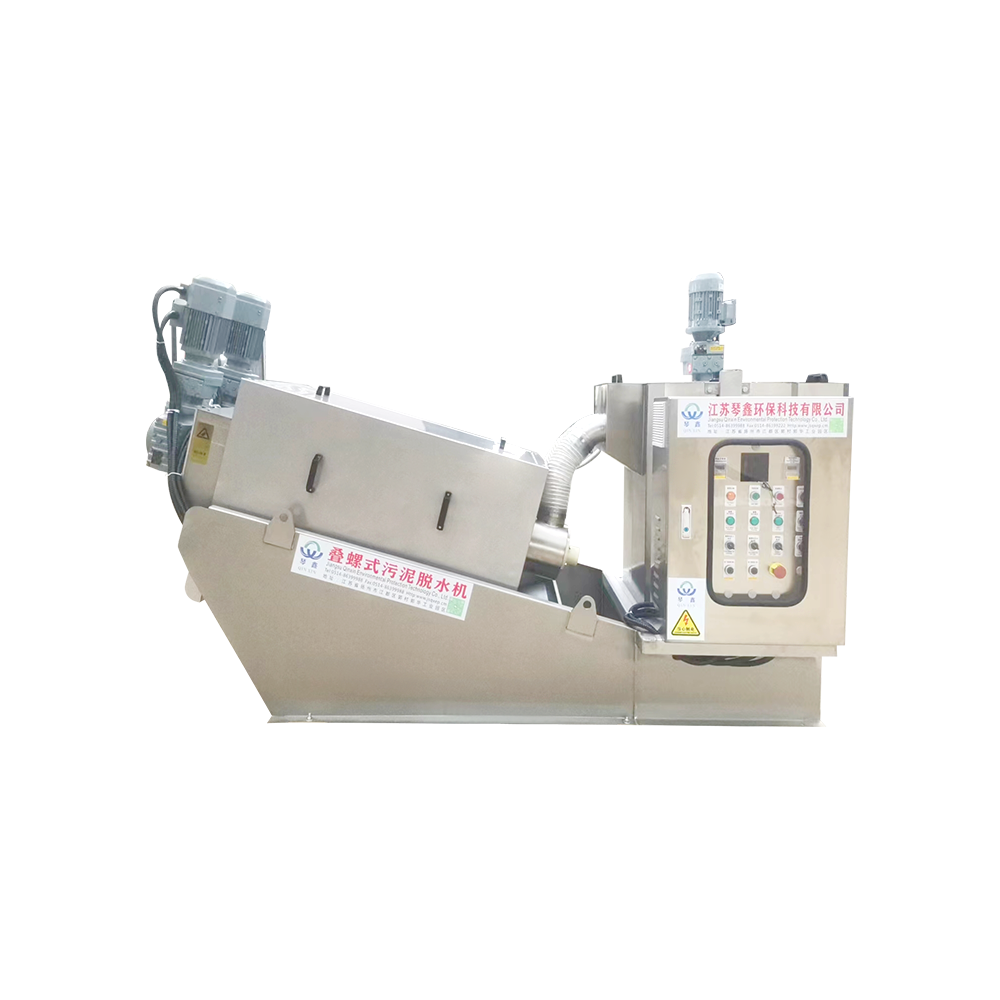
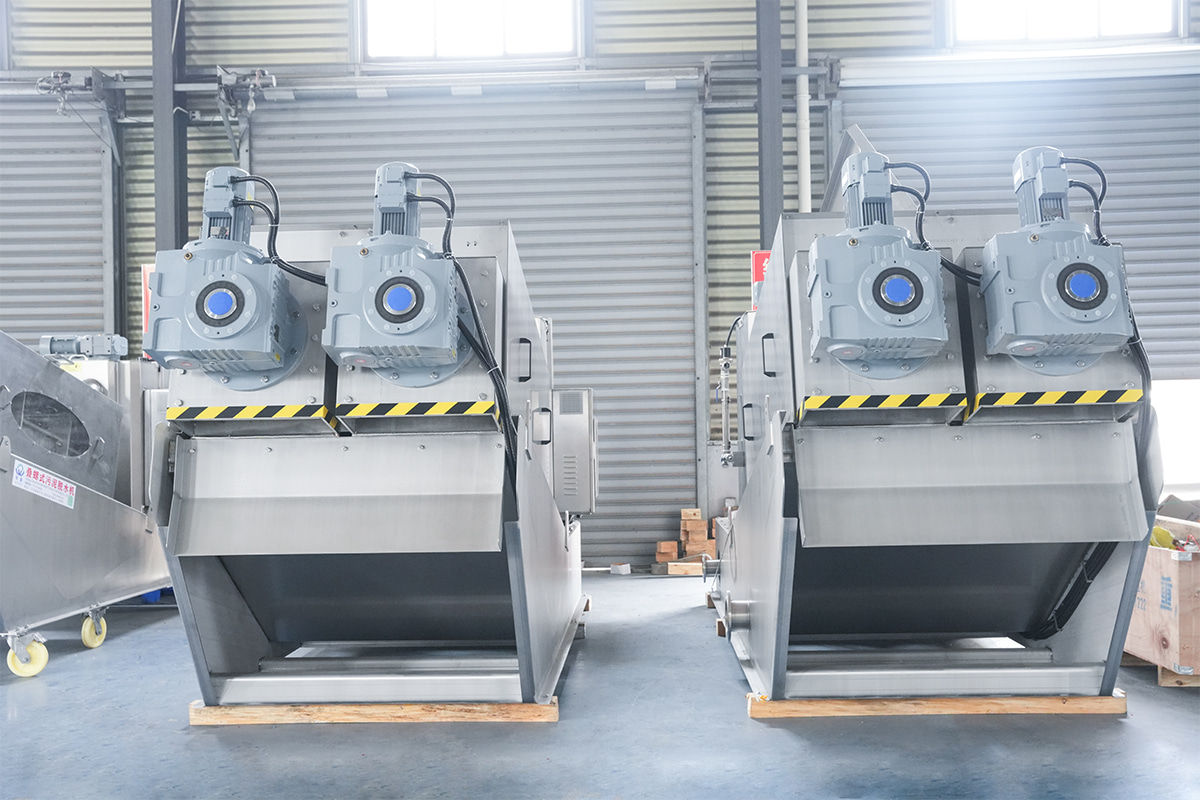
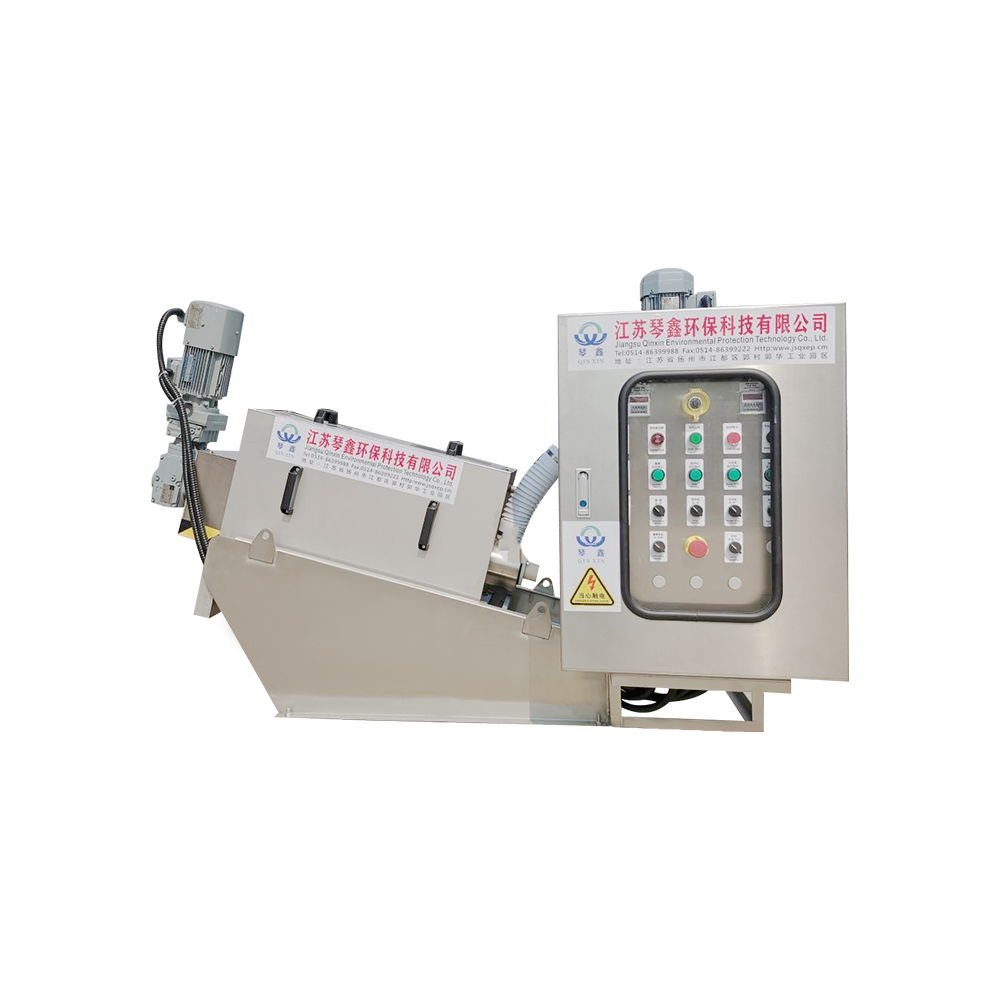
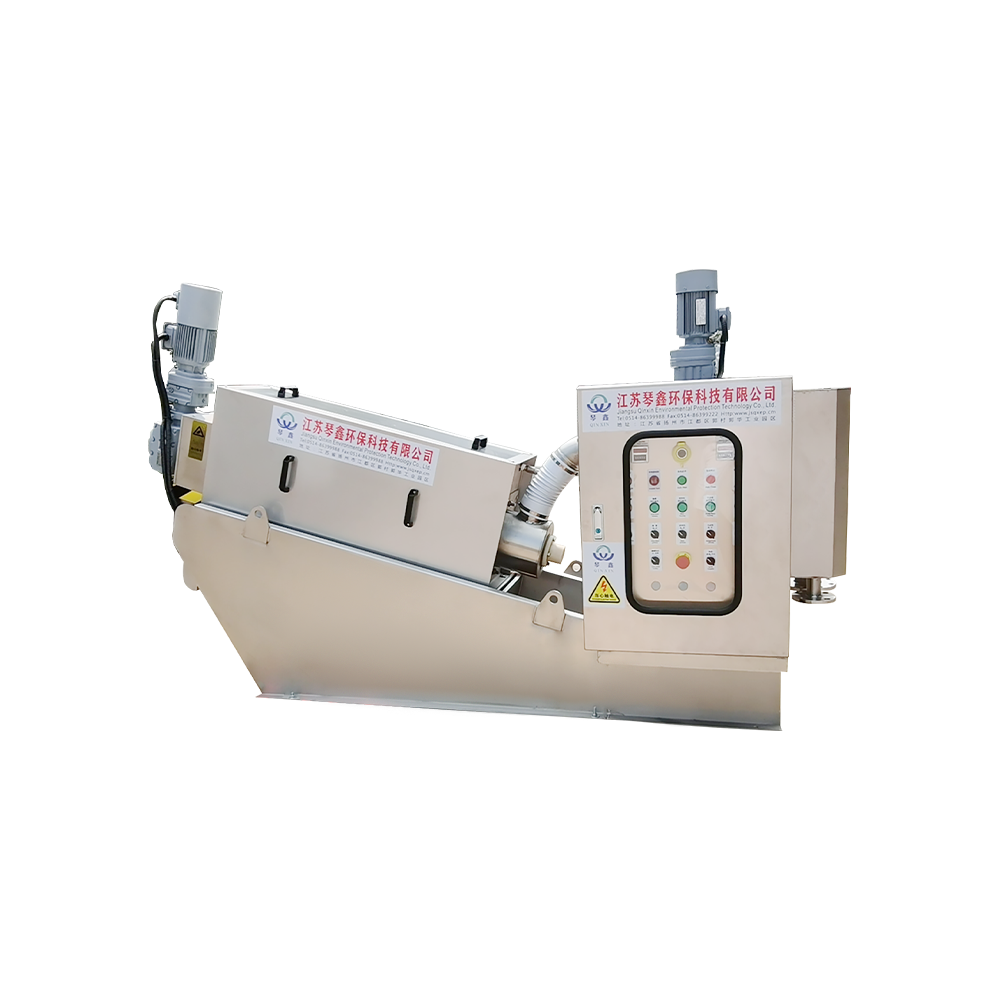
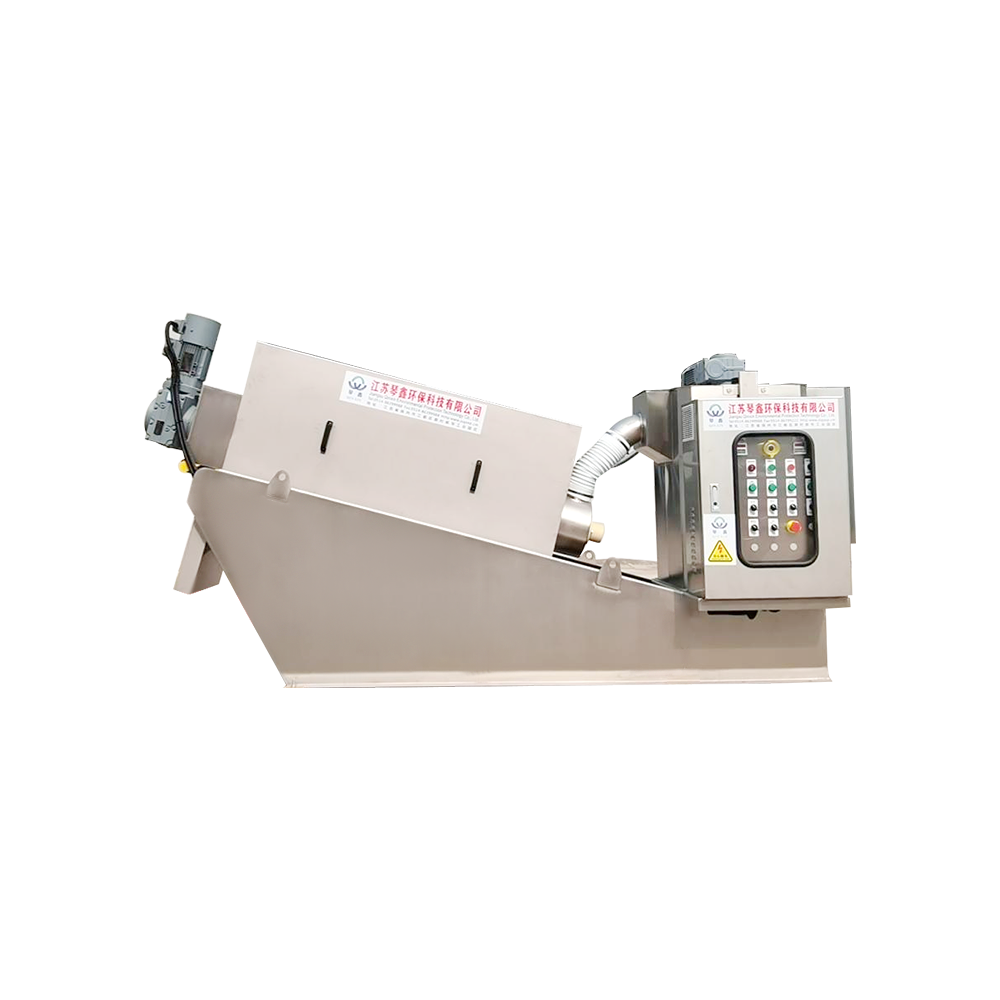
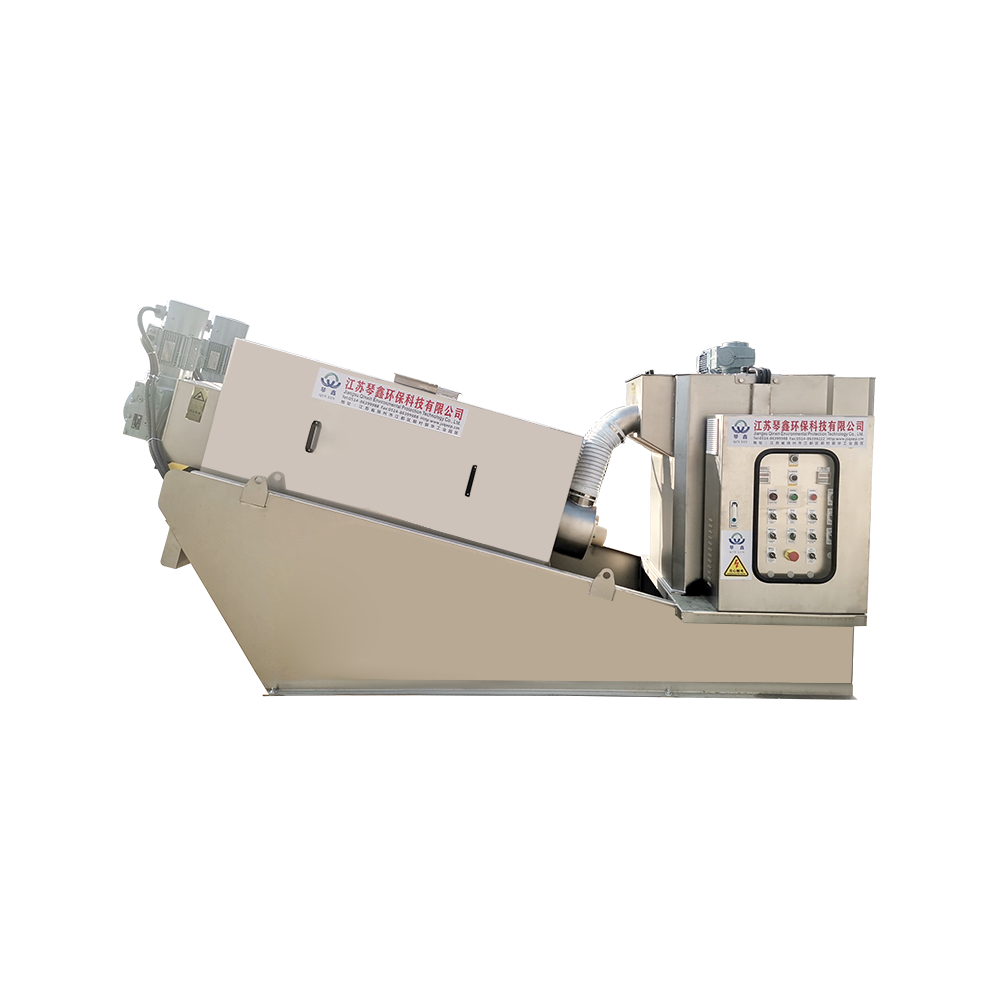
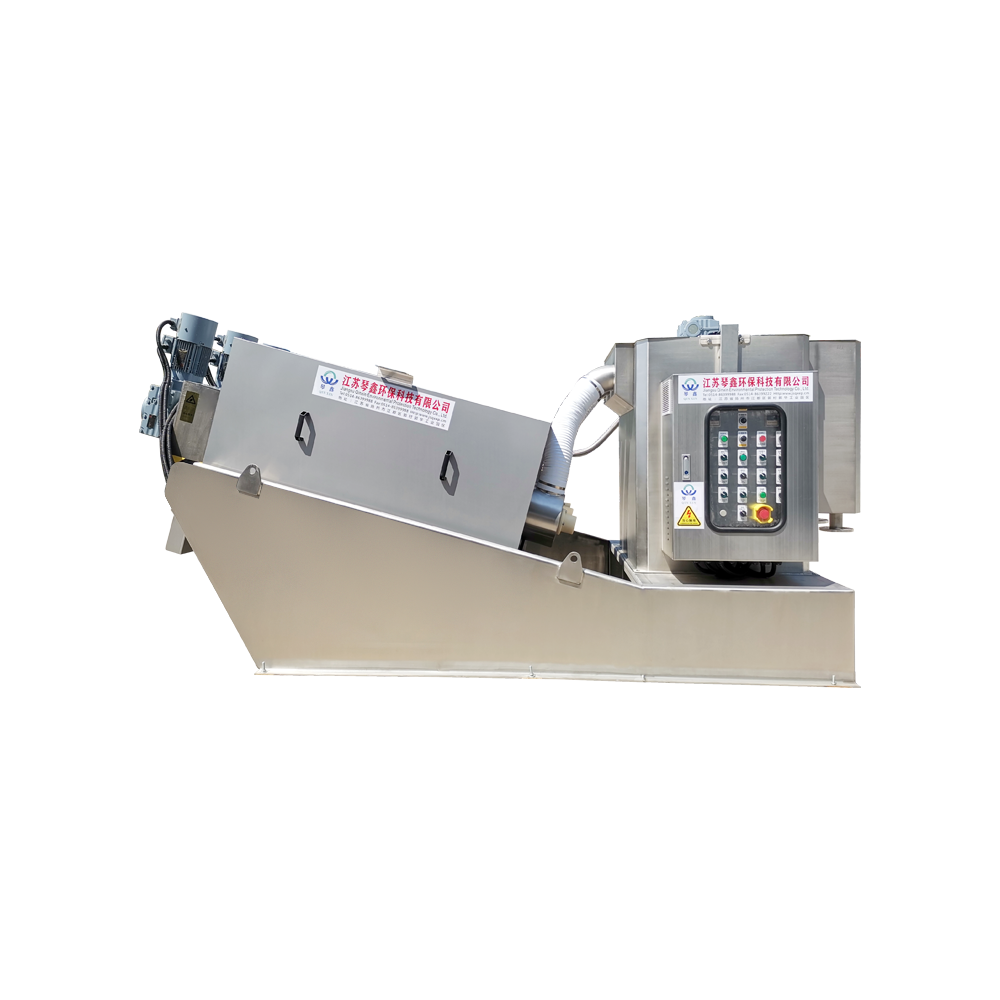
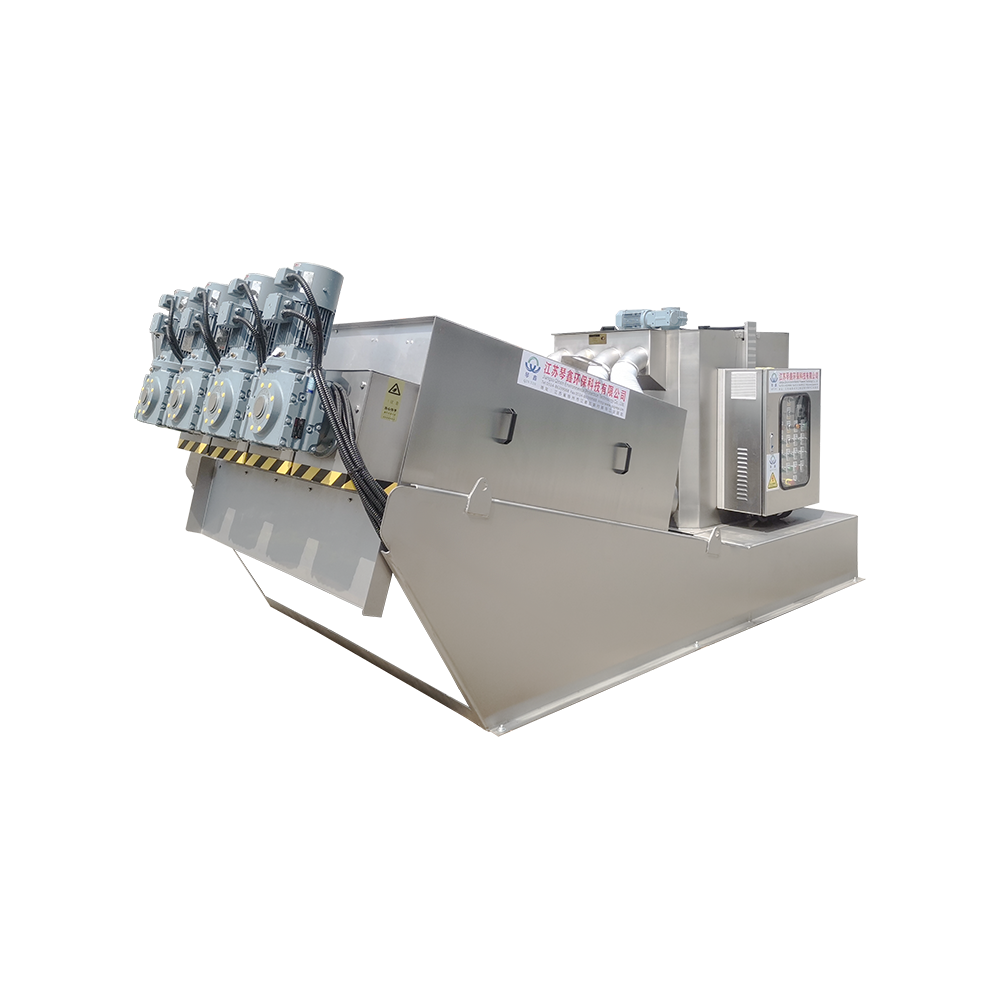
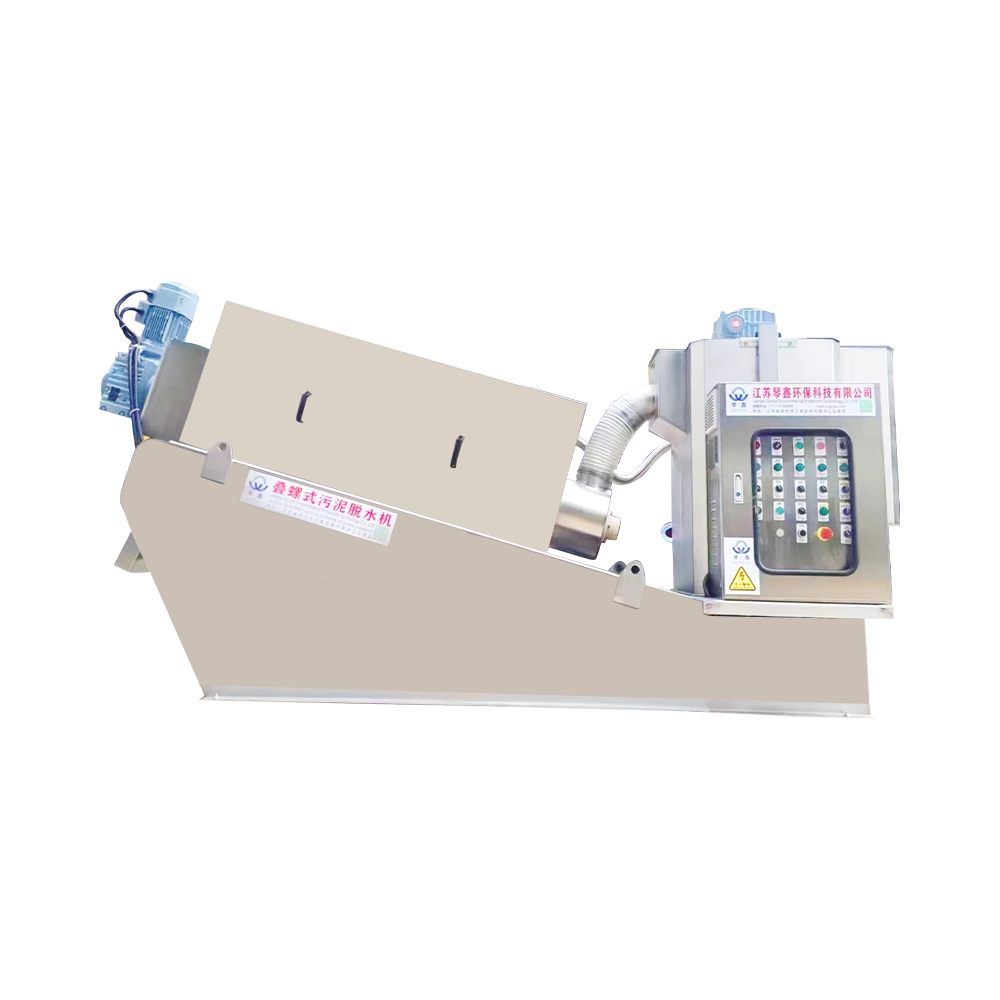
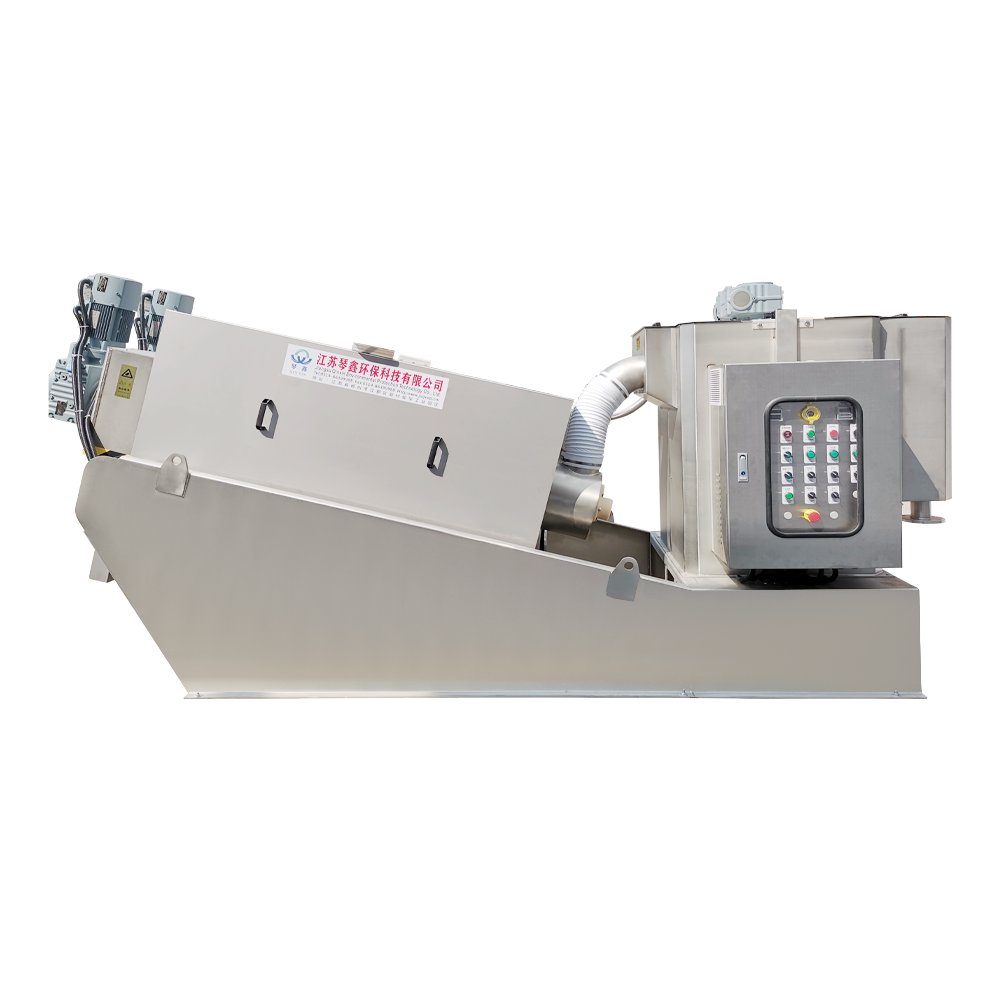
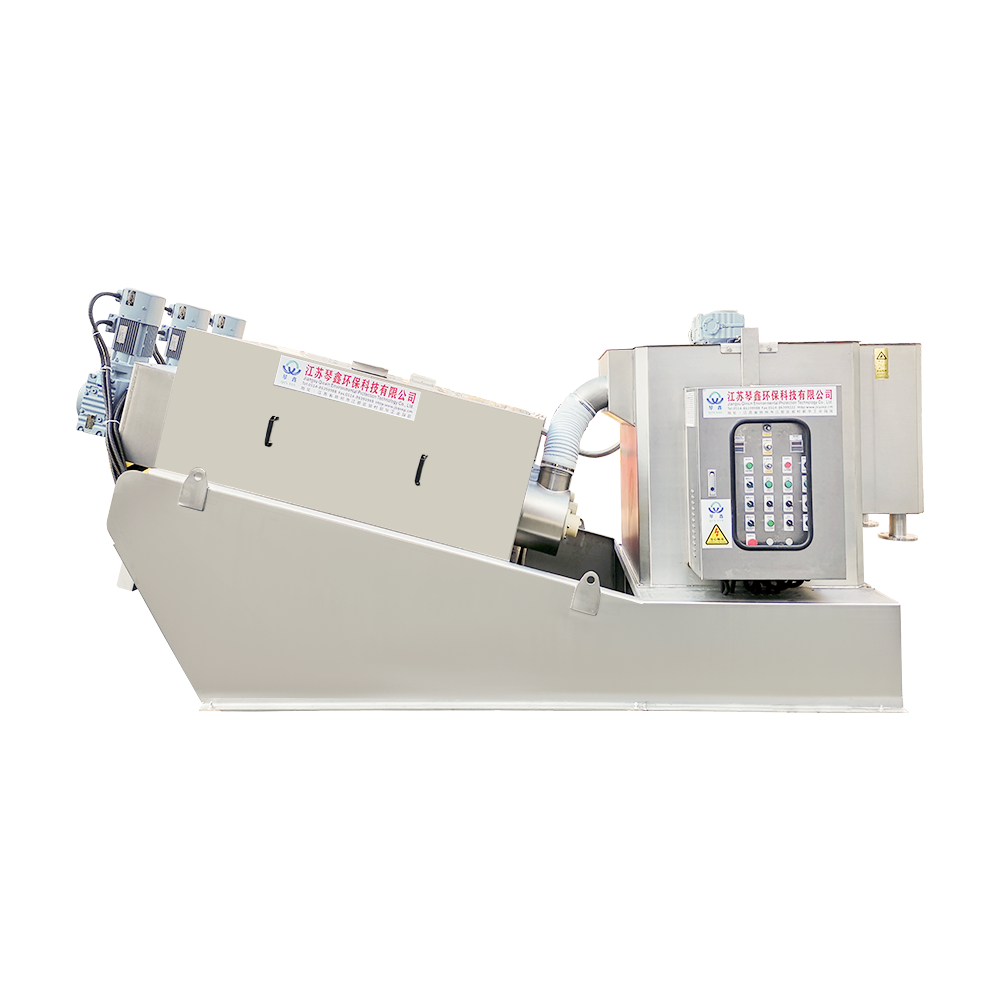
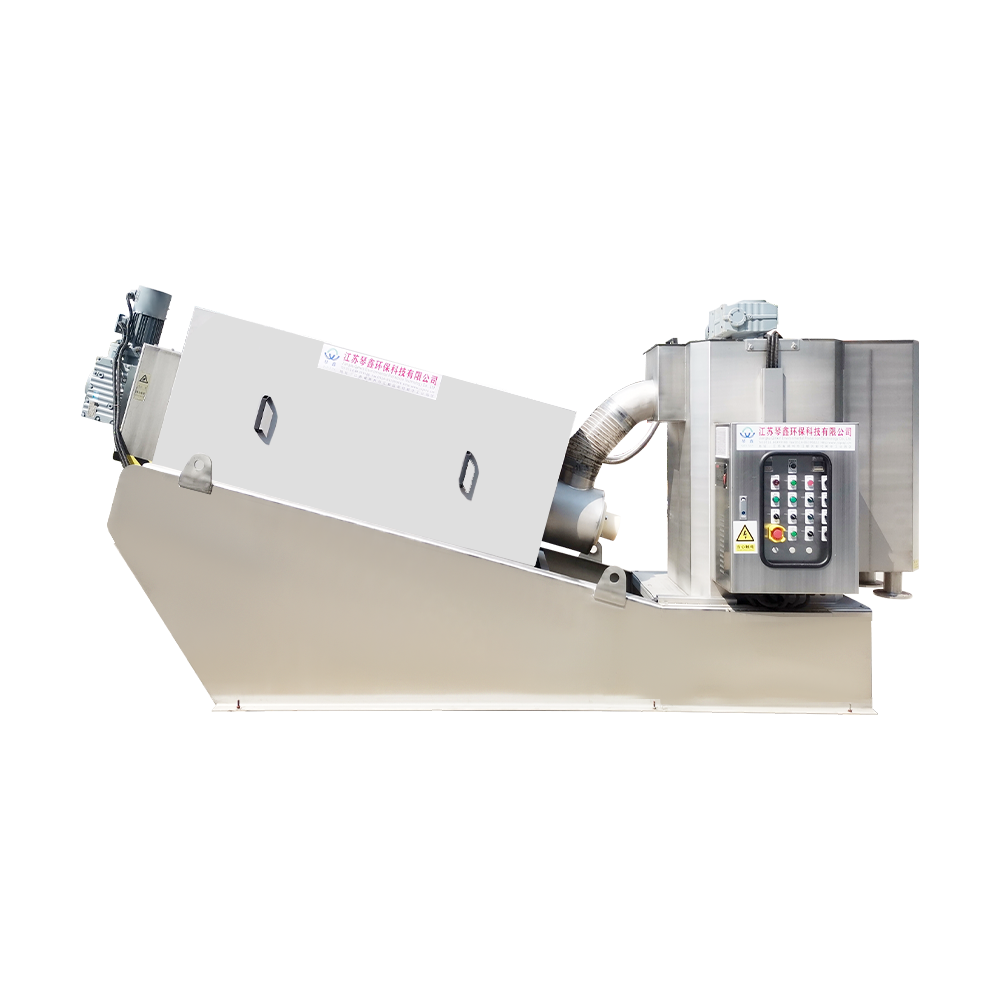
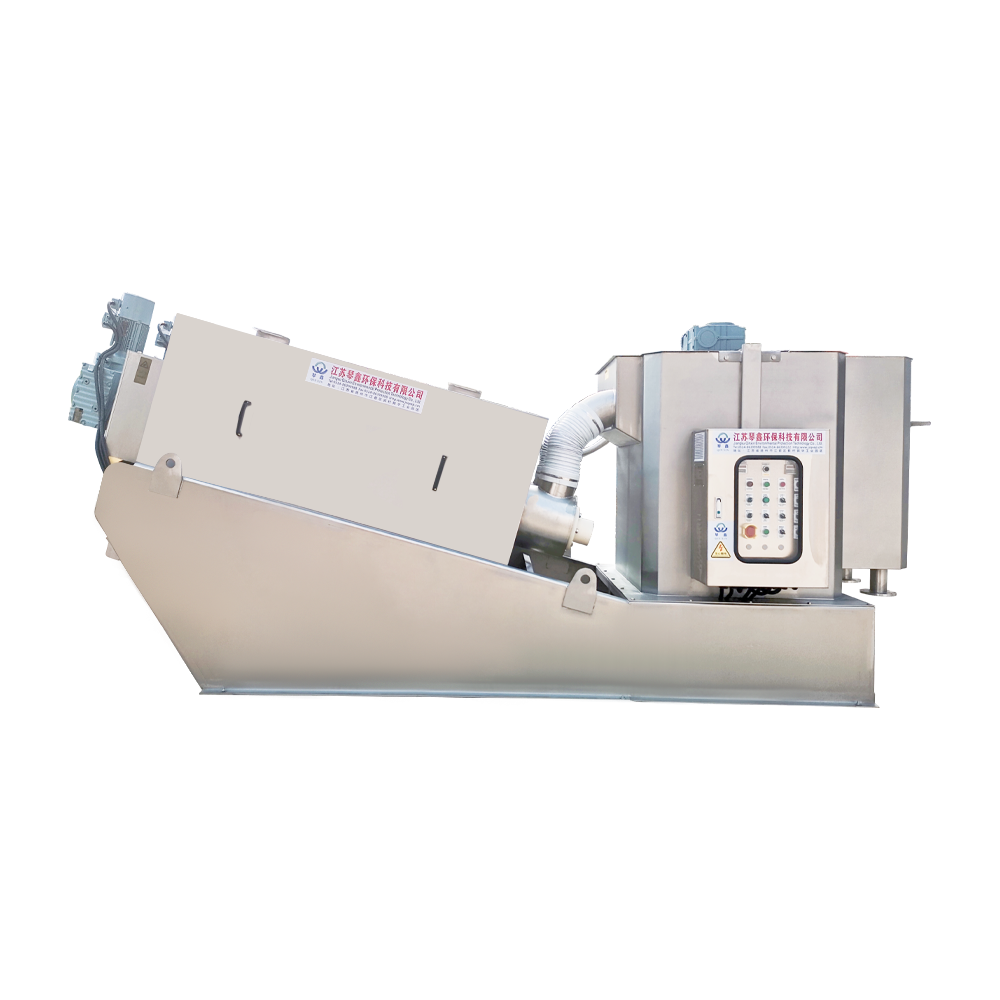
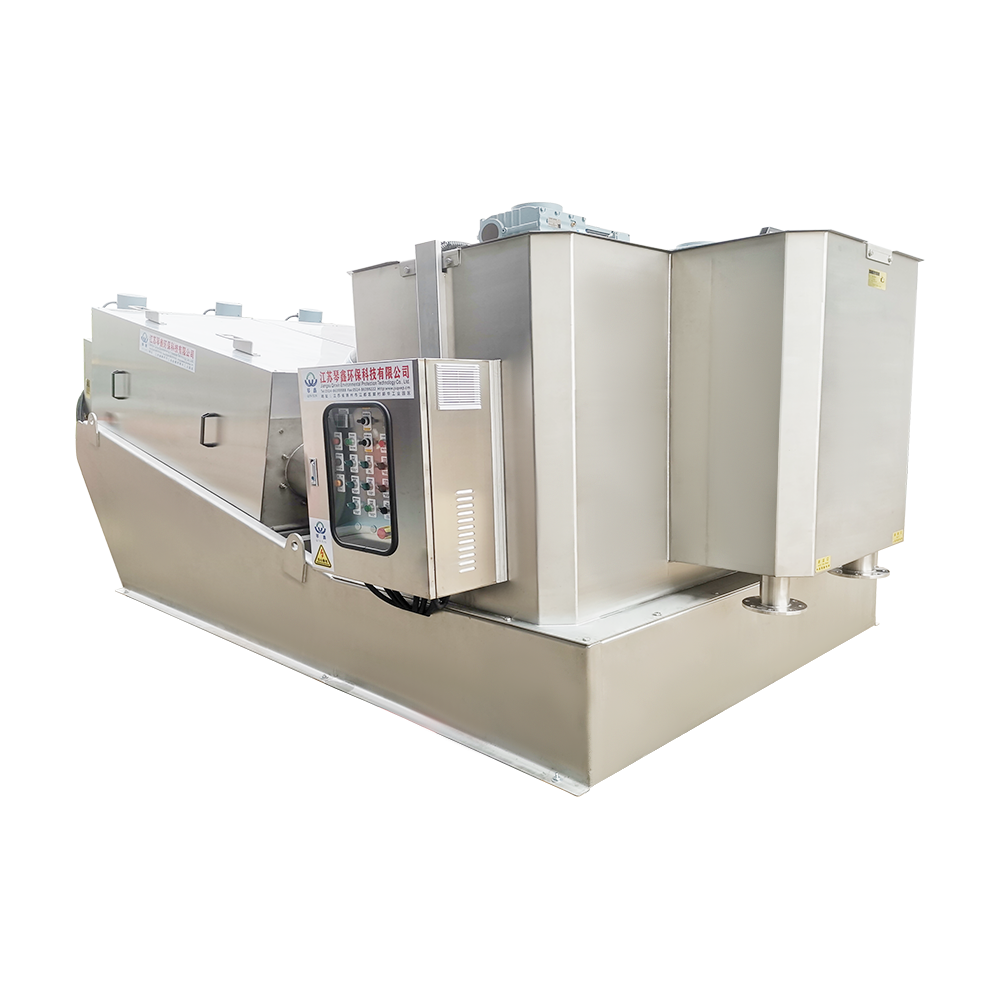
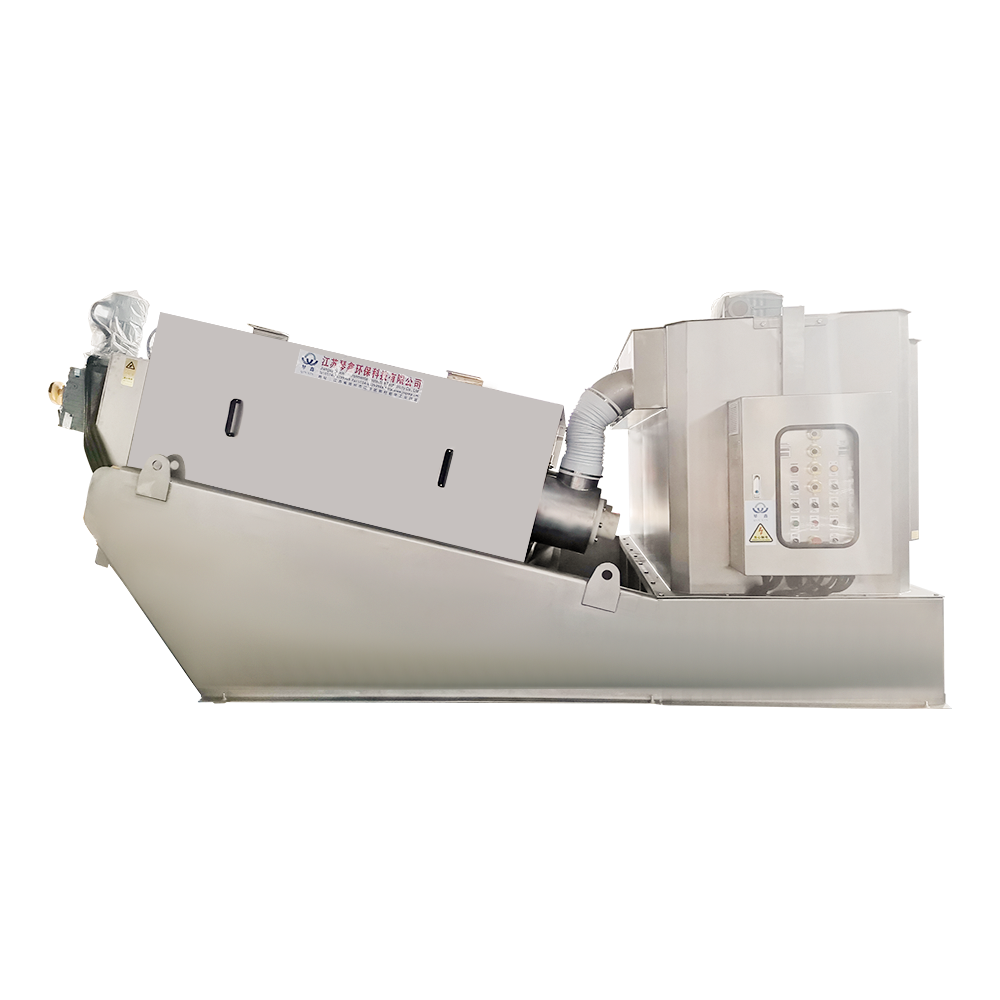
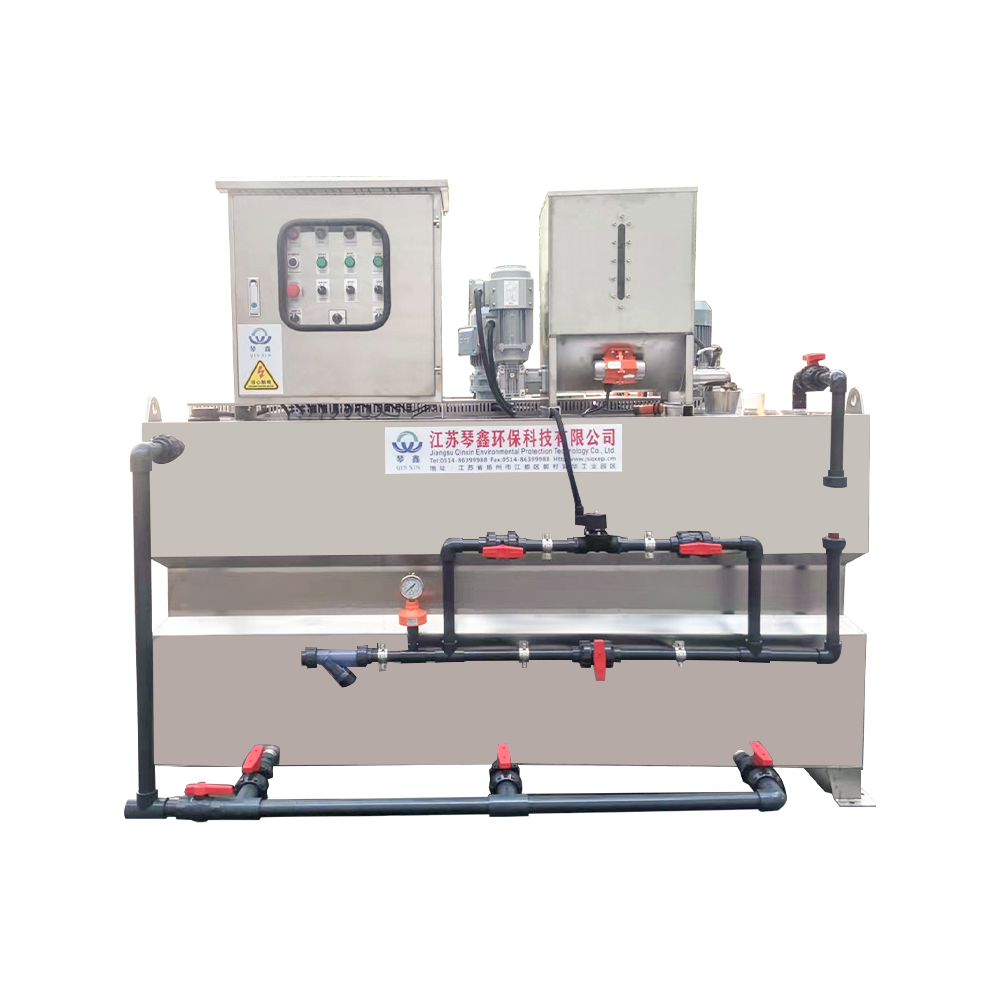

 TOP
TOP